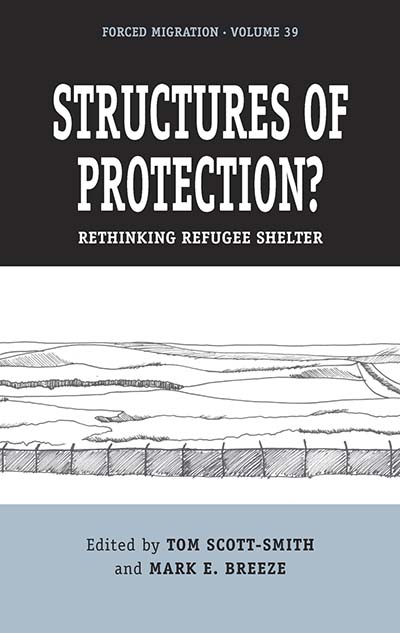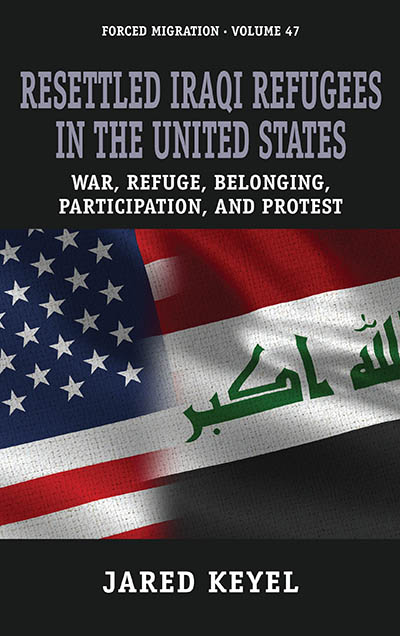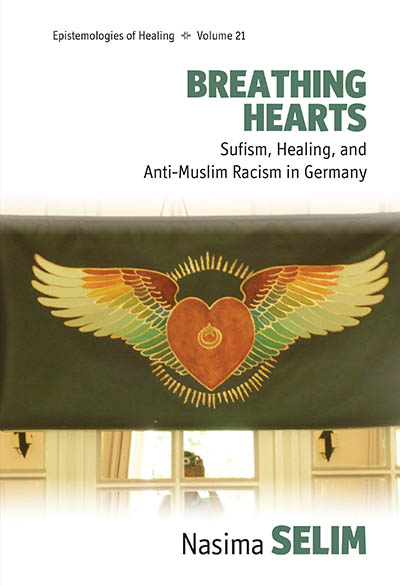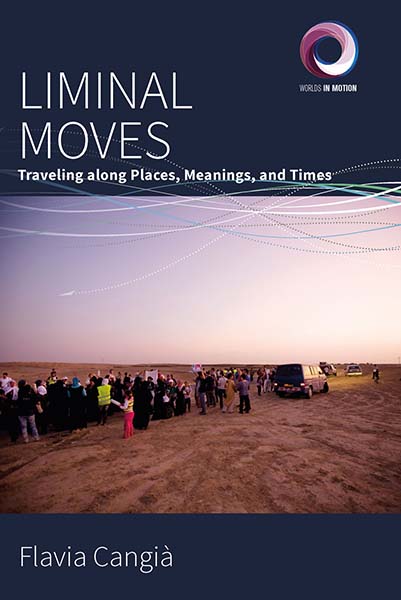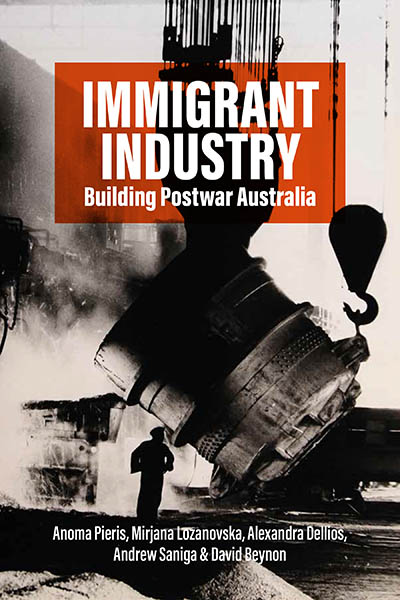
Email Newsletters
Sign up for our email newsletters to get customized updates on new Berghahn publications.
Immigrant Industry
Building Postwar Australia
Anoma Pieris, Mirjana Lozanovska, Alexandra Dellios, Andrew Saniga, and David Beynon
310 pages, 86 ills., bibliog., index
ISBN 978-1-80539-456-3 $135.00/£104.00 / Hb / Published (August 2024)
ISBN 978-1-80539-457-0 $29.95/£23.95 / Pb / Published (August 2024)
eISBN 978-1-80539-458-7 eBook
Reviews
“This is an excellent book that makes a crucial scholarly contribution in an understudied subject area. It makes a strong and nuanced argument for reinserting a focus on the built environment to critical heritage studies.” • Andrew Johnston, University of Virginia
“This is an excellent collection that opens many avenues for further research. The chapters draw on a range of disciplinary writings as well as more theoretical conceptual critics… (and) the authors are truly knowledgeable concerning the work on migration studies.” • Sneja Gunew, University of British Columbia
Description
After the end of the Second World War, migrants were critical to the spatial making of modern Australia. Major federally funded industries driving postwar nation-building programs depended on the employment of large numbers of people who had been displaced by the war. Directed to remote, rural and urban industrial sites, migrant labor and resettlement altered the nation’s physical landscape, providing Australia with its contemporary economic base. While the immigrant contribution to nation-building in cultural terms is well-known, its everyday spatial, architectural and landscape transformations remain unexamined. This book aims to bring to the foreground postwar industry and immigration to comprehensively document a uniquely Australian shaping of the built environment.
Anoma Pieris is Professor in Architecture at The University of Melbourne. Her recent publication is The Architecture of Confinement: Incarceration camps of the Pacific War (Cambridge University Press 2022), co-authored with Lynne Horiuchi.
Mirjana Lozanovska is Professor at Deakin University. She has published extensively as an architectural educator including Ethno-Architecture and the Politics of Migration (Routledge 2016) and Migrant Housing: Architecture, Dwelling, Migration (Routledge 2019).
Dr Alexandra Dellios is a historian and senior lecturer in the Centre for Heritage and Museum Studies at the Australian National University. Her latest book is Heritage Making and Migrant Subjects in the Deindustrialising Region of the Latrobe Valley (Cambridge University Press, 2022).
Andrew Saniga is Associate Professor in Landscape Architecture, Planning and Urbanism at The University of Melbourne. His most recent publication is Campus: Building Modern Australian Universities (2023, University of Western Australia Press).
David Beynon is Associate Professor in Architecture at the University of Tasmania. His publications include Digital Archetypes: Adaptations of Early Temple Architecture in South and Southeast Asia (Ashgate 2014).
Subject: Refugee and Migration StudiesPolitical and Economic Anthropology
Area: Asia-Pacific
Contents
Download ToC (PDF)

